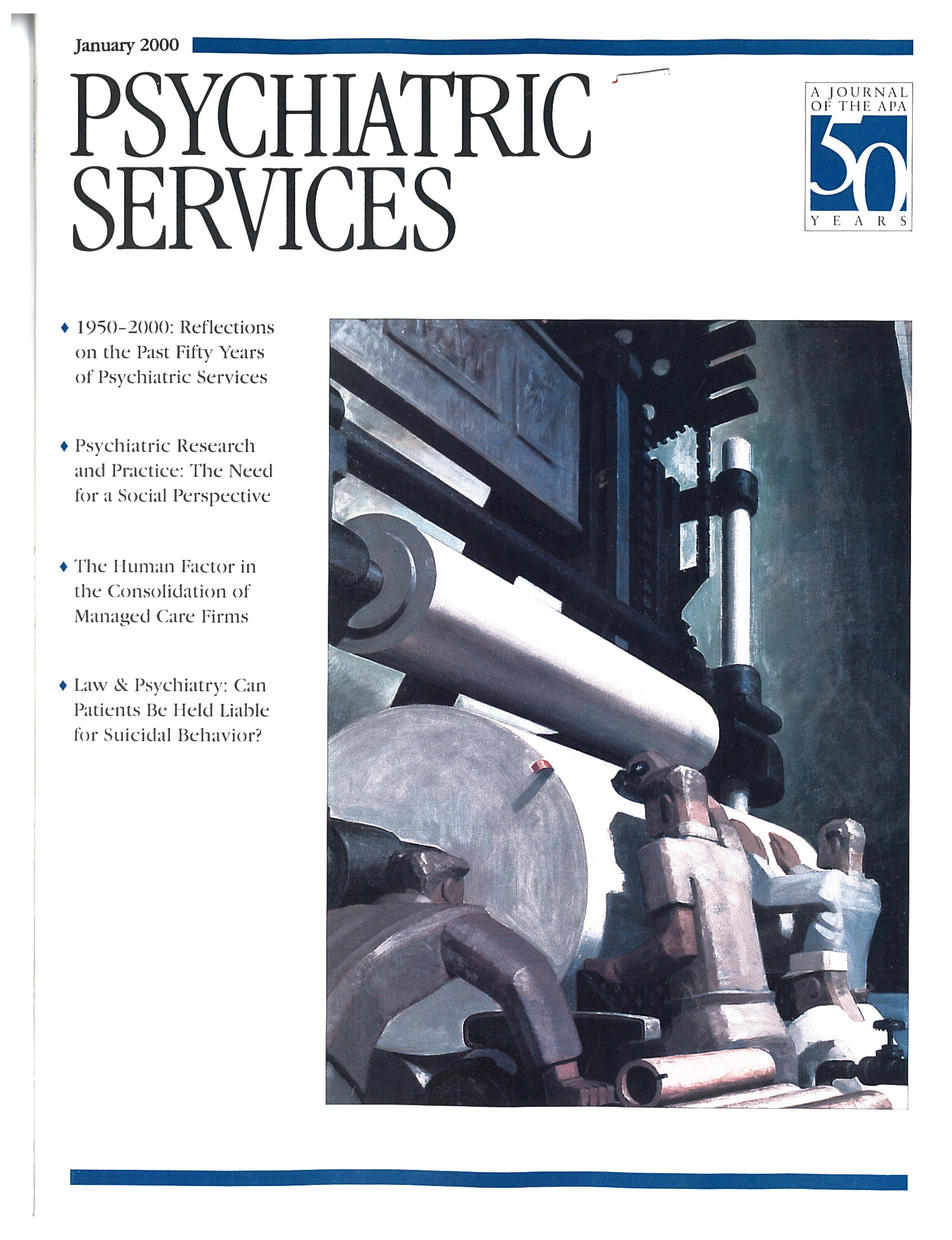Psychiatry
Psychiatry is part of the Saunders Company's series of review books intended to provide core text material and review of specific topics, such as psychiatry, for medical students, physicians, and other health care professionals. The editors, Drs. Janis Cutler and Eric Marcus, are affiliated with the department of psychiatry at Columbia University and the New York State Psychiatric Institute, and they have collaborated with 16 other colleagues from the same institutions to produce this book.
The book is organized into three sections addressing the major areas of psychiatry. The first section covers psychiatric assessment, case formulation, and interviewing. The second consists of 11 chapters on the major psychiatric syndromes, such as mood and psychotic disorders, as well as the special topics of suicide and violence, psychological factors affecting medical conditions, and life development. The final section covers the treatment of psychiatric disorders by looking at therapeutic settings, psychotherapy, and psychopharmacology.
These sections provide a strong overview of the field. However, the authors have a difficult task in trying to provide a text with enough depth and sophistication to be both a legitimate review text and an introduction for students beginning their work in clinical psychiatry. The pull of these two tasks is evident in the initial chapters where case examples, such as a patient with borderline personality disorder, and psychological concepts, such as object relations theory and ego psychology, may leave some readers overwhelmed. This more advanced material is, however, balanced by an excellent discussion on interviewing, complete with examples of the types of questions to ask for the various disorders, that all students should find most helpful.
The discussion of major psychiatric syndromes in the second section is equally diverse. It contains material both to challenge a more advanced learner who is using the text for review and to guide the beginning student to a more complete understanding of the basic psychiatric disorders. Each chapter covers the disorders' major diagnostic and clinical features, differential diagnosis, medical evaluation, etiology, and treatment. The contributors also include suggestions, which again students will find particularly helpful, on how to interview patients with these disorders, and they use case scenarios to highlight both common symptoms and techniques for interacting with particular types of patients.
The final section begins with a look at the settings where treatment takes place, including emergency rooms, inpatient units, outpatient settings, and consultation services. It includes a brief but very useful discussion on developing a therapeutic connection when using a translator to help interview a non-English-speaking patient.
The chapter on psychotherapies has a broad scope and covers the range of short- and long-term psychotherapies. The final chapter, on psychopharmacology, describes the major approaches to using antipsychotics, antidepressants, mood stabilizers, and antianxiety agents.
Overall, Psychiatry is a work with enough depth to challenge students of various skill levels. The emphasis on psychotherapeutic concepts as well as pharmacology is unusual in this era of managed care. It can effectively encourage the student to think broadly about patients and their illnesses.
Dr. Pearsall is associate professor in the department of psychiatry at Yale University School of Medicine in New Haven, Connecticut.



